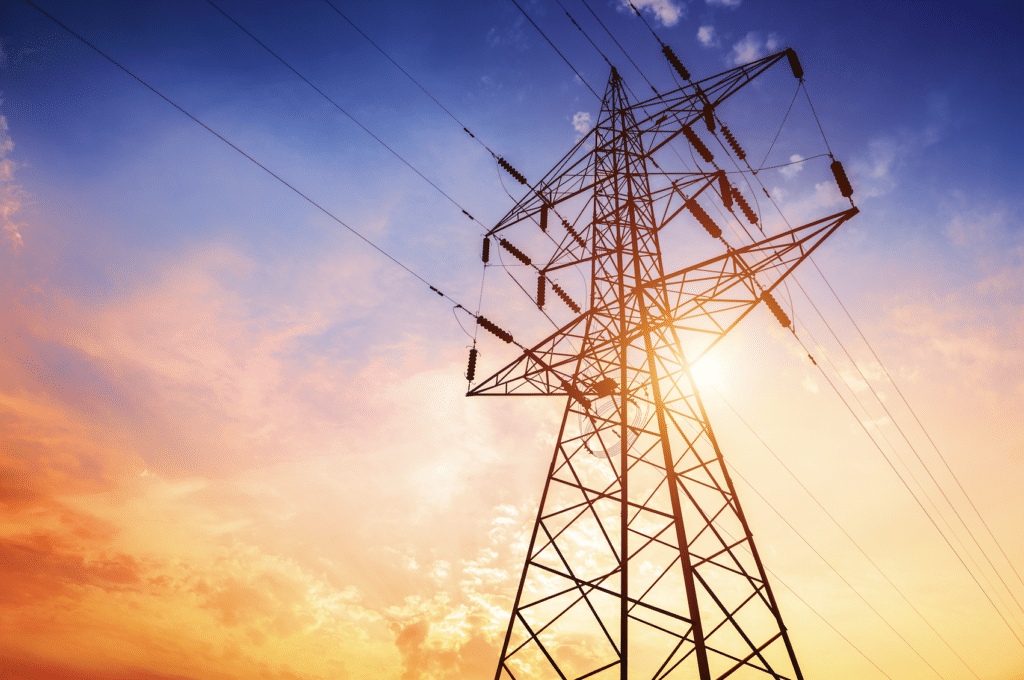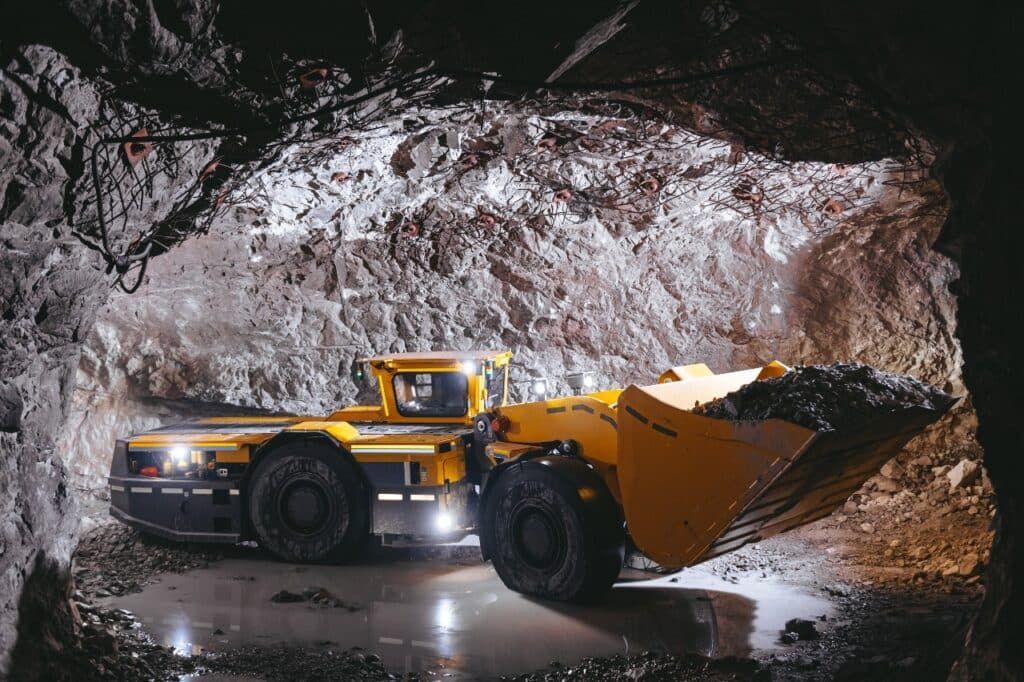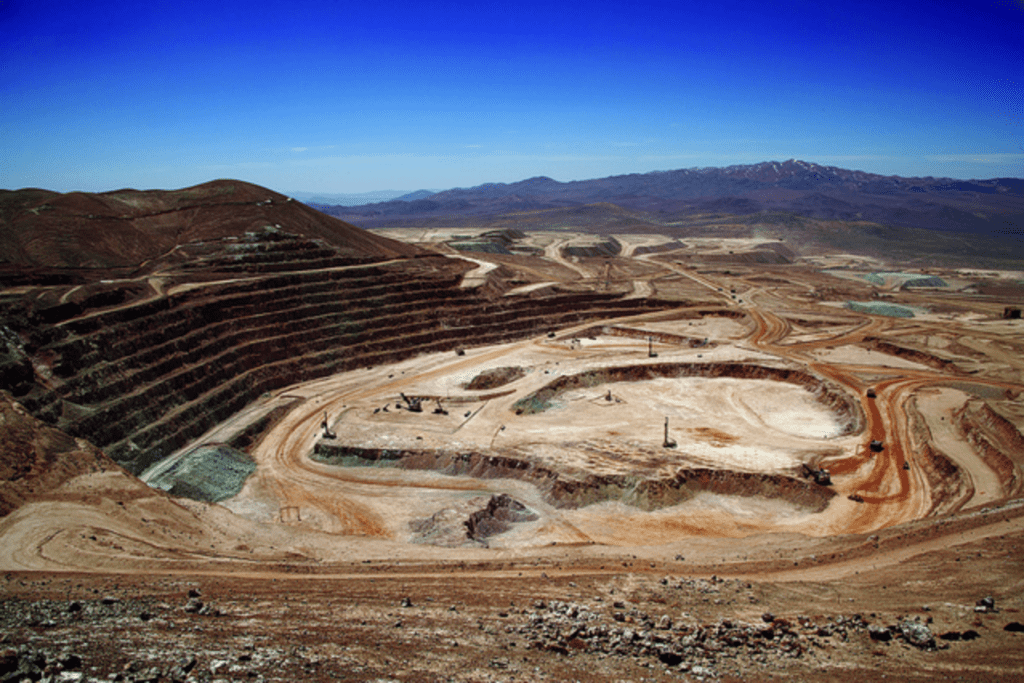Lab at underground mine in Australia receives first cosmic radiation signals
The Stawell Underground Physics Laboratory, located at Arete Capital’s Stawell Gold Mine in Western Victoria, Australia, has received the first transmissions from a muon detector placed 1 kilometre underground.
The muon detector records the amount of cosmic radiation that reaches the lab. Muons are heavier versions of electrons made from the collision of cosmic rays with atoms in earth’s atmosphere.
At this point, low levels of radiation must be recorded to ensure that the environment surrounding the SABRE South experiment, which will be transported to the laboratory in 2024, is as pristine as possible in order to detect dark matter particles.
In its first few days, the muon detector recorded about five signals per day, far lower than the more than 1.8 million interactions that would be expected above ground.
The SABRE South experiment mirrors an experiment in the Northern Hemisphere and will determine whether readings taken by Italian researchers are a result of seasonal fluctuations, or dark matter.
“Our first data collections showed that by building the laboratory 1 kilometre underground in the Stawell Gold Mine, we have managed to reduce the cosmic radiation that will reach our dark matter detector,” Elisabetta Barberio, director of the ARC Center of Excellence for Dark Matter Particle Physics, said in a media statement.
“Our scientists in Melbourne and around Australia will be able to continue to monitor muon levels to ensure cosmic radiation remains low. It is a very significant step in the project that scientists around the world are watching very closely.”
Source: https://www.mining.com/lab-at-underground-mine-in-australia-receives-first-cosmic-radiation-signals/




